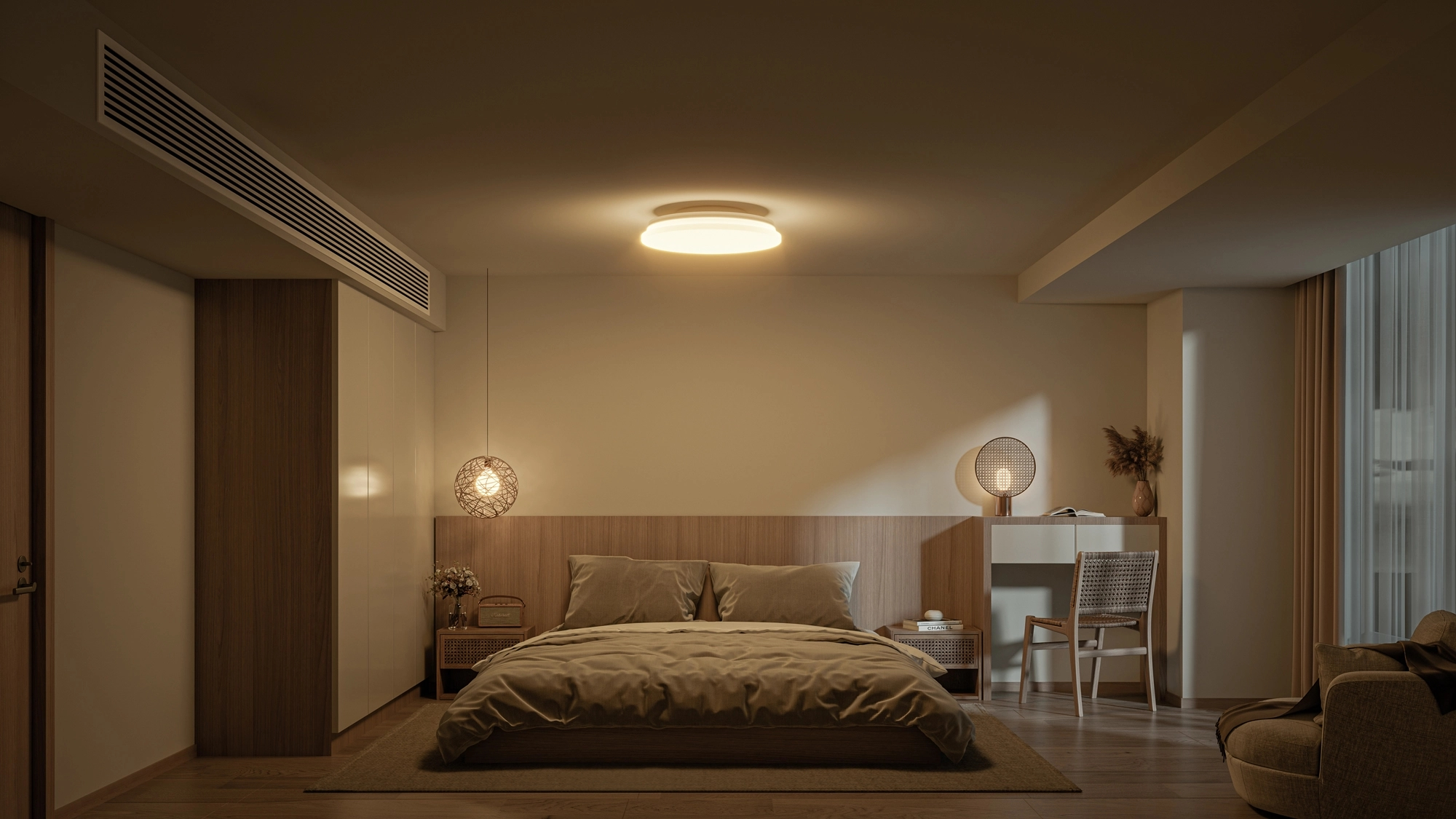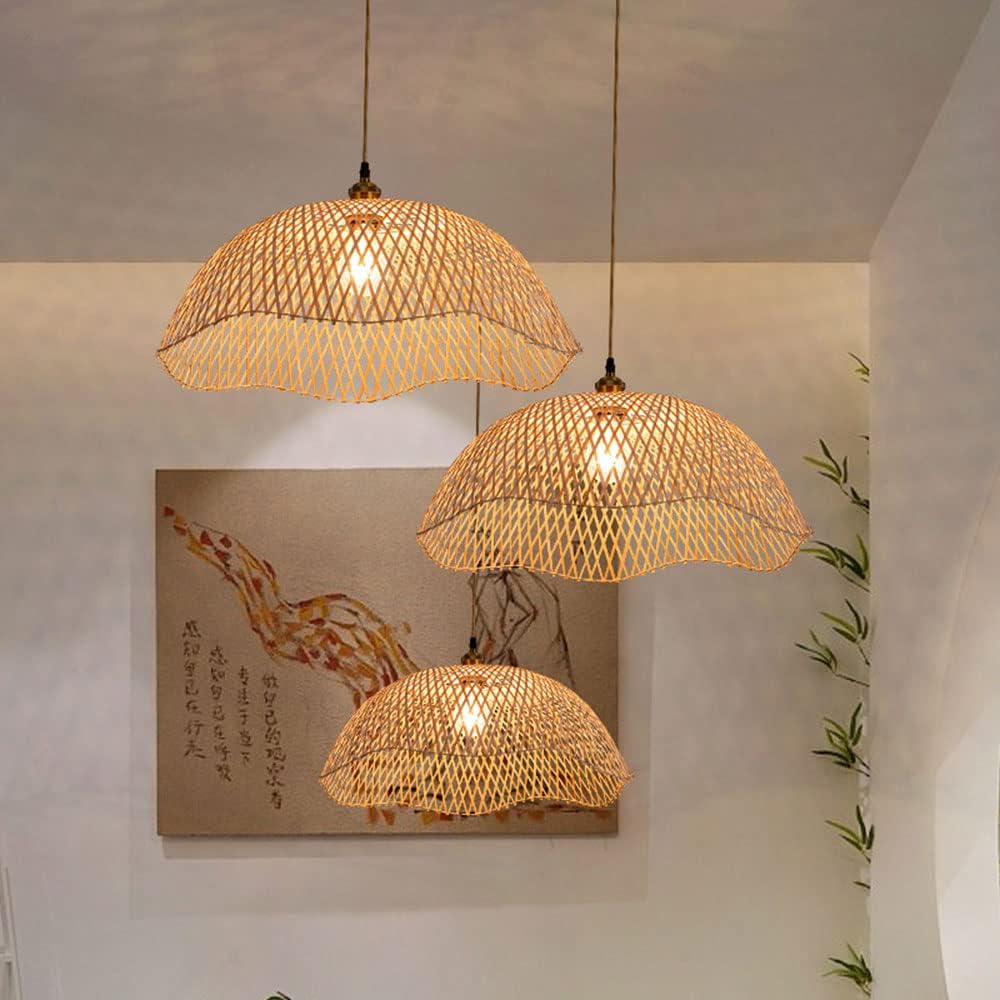Lamps are not only important tools for lighting a space, but also key elements for enhancing the aesthetics of interior design. However, many people tend to overlook some important factors when choosing lamps, which makes them impractical, uncoordinated, and even affects the quality of life. To help you make wise decisions when choosing lamps, this article will list the most common mistakes and their solutions to help you create a space that is both functional and beautiful.

1. Ignoring the actual needs of the space
Many people only focus on the appearance design when purchasing lamps, but ignore the functionality of the lamps. For example, using decorative lamps with insufficient brightness in the reading area, or choosing chandeliers that cannot meet the lighting requirements of the workbench in the kitchen.
The type of lamp should be selected according to the function of the space:
Living room: A combination of ambient lighting and accent lighting is required. You can choose chandeliers with floor lamps or downlights.
Kitchen: Sufficient local lighting is required in the workbench area, such as installing track lights or under-cabinet lights.
Bedroom: Pay attention to soft light. You can choose bedside wall lamps or dimming table lamps.
By matching lamps with space functions, daily use needs can be better met.
2. Improper selection of lamp size
Common problems include lamps that are too large to make the space look crowded, or lamps that are too small to become the visual focus. For example, hanging too large lamps in a narrow restaurant creates a sense of visual oppression.
Determine the appropriate size of the lamp:
The diameter of the chandelier can refer to 1/4 of the room width. For example, a room with a width of 4 meters is suitable for a chandelier with a diameter of about 1 meter.
The width of the dining table chandelier should be less than 2/3 of the width of the dining table, and the bottom should be about 70-90 cm away from the tabletop.
Reasonable lamp size can balance the visual effect and space proportion, making the overall design more coordinated.
3. Ignore the color temperature of the light
Choosing a color temperature that is not suitable for the scene is a common problem. For example, using cold white light (6000K) in the bedroom makes the space look cold and hard, which is not conducive to relaxation; while using warm light (2700K) in the kitchen or office may make the space look too dim.
Color temperature reference:
2700K-3000K (warm light): suitable for spaces such as bedrooms, living rooms, and dining rooms that need to create a warm atmosphere.
3500K-4500K (neutral light): suitable for areas such as kitchens, bathrooms, and study rooms that require clear light.
5000K-6000K (cold white light): suitable for places such as garages and basements that require high brightness.
The correct choice of color temperature can optimize the lighting effect while improving the comfort and functionality of the space.
4. Ignore the color rendering index (CRI) of lamps
Some lamps have a low color rendering index (CRI), causing the color of objects to appear distorted. For example, using lamps with a CRI lower than 80 in a cloakroom or dressing room will make the color of clothing and makeup look unrealistic.
Ensure that the color rendering index (CRI) is at least 80. For areas that require high color reproduction, such as dressing rooms and display areas, lamps with a CRI ≥ 90 can be selected.
Lamps with a high color rendering index can restore the color of objects more realistically, making the space more natural and comfortable.
5. Ignore multi-level lighting
Rely only on a single light source and ignore layered lighting design. For example, using only pendant lights as living room lighting results in uneven light distribution and local areas are too bright or too dark.
Use layered lighting design: Combine ambient lighting, accent lighting, and decorative lighting to make the light in the space more layered.
Ambient lighting: Such as pendant lights or ceiling lights, provide overall light.
Accent lighting: Such as spotlights or floor lamps, highlight specific areas.
Decorative lighting: such as wall lamps or light strips, to add to the atmosphere of the space.
Multi-level lighting design can make the space more three-dimensional and enhance the visual effect.
6. Ignore the energy saving and environmental protection of lamps
Some people choose cheap traditional incandescent or low-quality LED fixtures to save costs, resulting in higher electricity bills or shorter fixture life.
Give priority to energy-efficient LED lamps, which have low energy consumption, long lifespan and stable light efficacy.
Use smart lighting systems to further save energy through functions such as dimming and timer switches.
Energy-saving lamps not only reduce environmental burden, but also significantly reduce daily use costs.
7. Pay attention only to the appearance of the lamp and ignore the installation details
Some lamps with complex designs are difficult to install, such as long hanging wires that are not adjusted properly, or lamps that are not firmly fixed, which may cause safety hazards during use.
When purchasing lamps, confirm whether the installation method is suitable for the room structure, such as ceiling height, hanging wire length, etc.
Before installation, check the quality of the fixing components and ensure that the lamps are firmly installed.
Professional installation not only improves the safety of lamp use, but also ensures the best visual effect of the lamps.
8. Ignore the matching of lamps and the overall style
The lamp design is not coordinated with the interior style. For example, using an overly complicated European crystal chandelier in a minimalist modern style room will look out of place.
Choose lamps according to the interior decoration style:
Modern minimalist style: geometric or minimalist lamps.
Natural pastoral style: rattan, bamboo or wooden lamps.
Industrial style: black metal lamps or exposed bulbs.
Consistent style matching can make the lamps blend into the overall space and enhance the sense of design.
9. Ignoring the convenience of lamp maintenance
Some lamps are complex in design or installed too high, making it difficult to clean and replace the bulbs. Choose materials and designs that are easy to clean, such as smooth glass or metal lampshades.
Lamps installed at high places can be equipped with long-life LED bulbs to reduce the frequency of replacement.
Lamp designs that are easy to maintain can provide more convenience for daily use and reduce maintenance costs.
10. Blindly follow the trend
Excessive pursuit of popular styles while ignoring the practicality of lamps. For example, using a popular oversized chandelier in a space that is not suitable for the season will cause the space to be out of proportion.
When choosing lamps, give priority to their adaptability to the space rather than simply pursuing trendy designs.
Popular styles can be used as embellishments rather than as the main light source.
Combining practicality with personalized design can make lamps stand the test of time.
Avoiding these common mistakes when choosing lamps can greatly improve the lighting effect and overall design of the space. From size, color temperature to layered lighting, every detail needs to be carefully considered to ensure that the lamp is both functional and decorative. With reasonable selection and matching, you can create a comfortable and beautiful atmosphere for your home space.
I hope this article provides a practical reference for your lamp selection. If you have any questions about lamp design or selection, please feel free to contact us!
If You Are in Business, You May Like
Post time: Jan-03-2025










